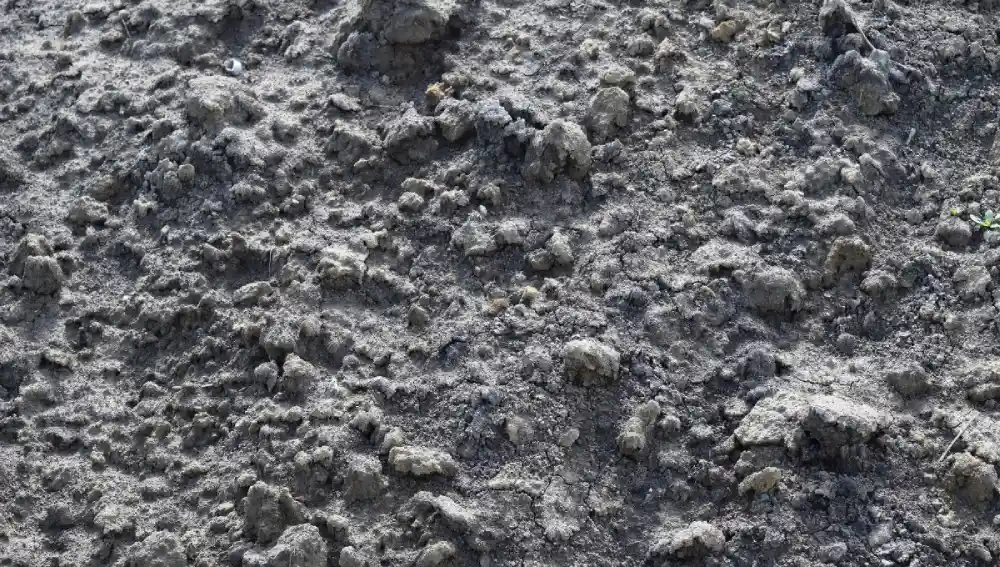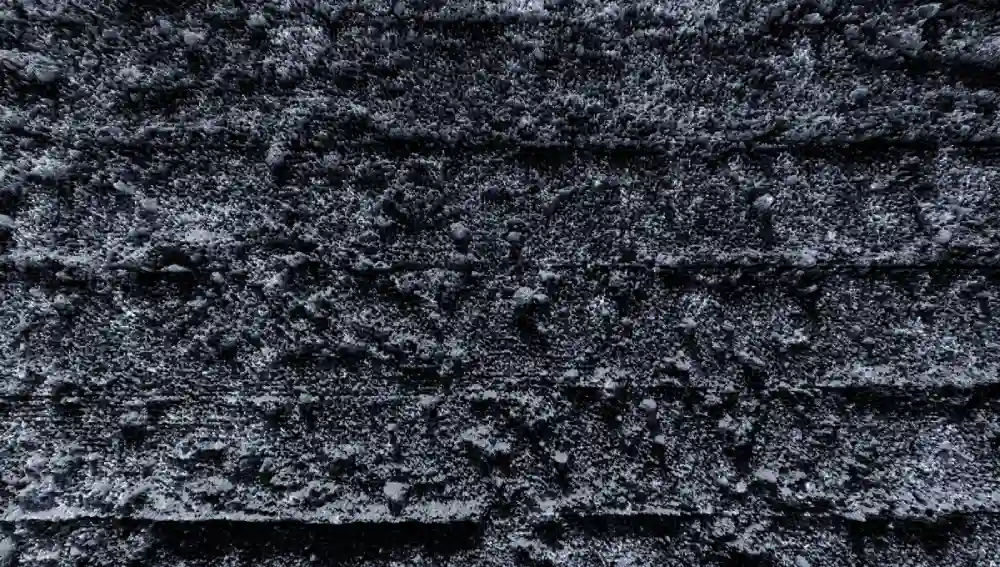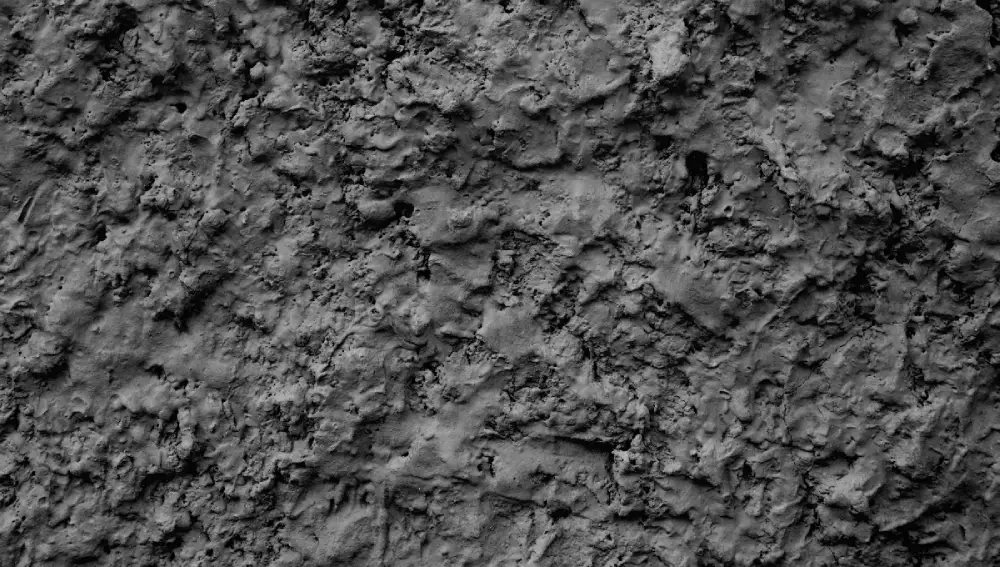Cement is an important component in any construction work, both small-scale and large-scale. It binds the materials together and holds the construction in place.
Several types of cement are available for construction purposes. There is ordinary Portland cement (OPC), Portland pozzolana cement (PPC), rapid hardening cement, low-heat cement, Extra rapid hardening cement, etc.
All these types of cement have different properties and are used in different construction projects. In this article, we will look into extra-rapid hardening cement, discussing its definition, properties, and many other aspects in detail.
What is Extra-Rapid Hardening Cement?

As the name suggests, extra-rapid hardening cement (ERHC) is a type of cement that sets and hardens very quickly after application. This cement sets more quickly than OPC (ordinary Portland cement) and rapid-hardening cement.
The main factor that causes its rapid setting is the high amount of tri-calcium silicate (C3S). This compound is the main contributor to the early setting and hardening of Portland cement. It also adds strength to the concrete. The higher its composition, the quicker and harder the cement sets.
Manufacturing Process of Extra Rapid Hardening Cement
The important element in this process is tricalcium silicate. The rapid hardening cement process is carried out under dry process conditions. Shale and limestone are heated at high temperatures and form clinkers.
Once the clinkers are attained, then the gypsum is added to grind it into a fine paste. Once the paste is finely ground, it results in the formation of rapid hardening cement. The primary difference between normal cement and extra-hardening cement is the amount of limestone used.
Ordinary Portland cement contains 80% of limestone, whereas extra rapid hardening cement contains 80-90% of overall limestone. The rapid hardening is achieved in a week due to the limestone used in the cement.
Composition
Extra-rapid hardening cement is also called high early-strength cement. This is because, apart from hardening, it also strengthens the concrete mix. This is mainly attributed to its composition and the compounds added to it.
Below is the approximate estimation (in presentation) of each component added to the cement. The percentage may vary for each component, depending on the manufacturer.
| Component | Approximate Range (%) |
| Tri-calcium silicate (C3S) | 40–60% |
| Dicalcium silicate (C2S | 15–30% |
| Tricalcium illuminate (C3A) | 5–15% |
| Tetracalcium aluminoferrite (C4AF) | 5–15% |
Note: Increasing the percentage of C3S can increase the rapid setting properties of the cement.
Properties

As you already know, the ERHC is designed to to rapidly set and harden concrete once applied. Below are some of its notable properties.
- It has a higher percentage of C3S (tri-calcium silicate) and C2S (di-calcium silicate) compared to ordinary Portland cement (OPC), for faster setting and strength development.
- Rapid setting and hardening of concrete. Its initial setting time is around 30 minutes.
- High early strength compared to other cement. Its approximate walk-on strength time is 4–6 hours, and its drive-on strength time is 8–12 hours. Typically, people can start their routine activities within a day of applying.
- ERHC is ground finer than OPC to increase its surface area and accelerate hydration.
- It generates more heat during hydration than OPC. This can be beneficial in cold-weather places where there is less heat for the cement to set properly.
- Best suitable for repair and maintenance works where quick setting is necessary.
- It is not suitable for large-scale construction projects due to its higher risk of shrinkage and cracks from its rapid heat generation.
Usage
Extra-rapid hardening cement is a highly valuable material used in several construction works. It is mainly used for binding, repair, and it is less commonly used for massive construction works.
Below are some common applications of this cement.
- Road repairs: Repairing cracks, potholes, drives, paths, etc.
- Concrete patching: Used for repairing damage to concrete structures such as steps, walls, and other building elements.
- Time-constrained constructions: Setting manholes, repairing floor screed, fixing fence posts, etc.
- Cold weather concreting: ERHC generates more heat and sets quicker than other cement, making it more suitable for cold-weather concreting.
- Industrial applications: Repairs and installations in factories, warehouses, and power plants.
Applications of Extra Rapid Hardening Cement
The rapid hardening cement falls under type three cement, and the applications are listed irrespective of the ratios.
- Used in sites where early strength is needed.
- Road pavement needs materials that harden and dry quickly; hence, rapid-hardening cement plays a crucial role in these kinds of applications.
- To construct a framework for the construction
- The concrete protects the cement from freezing. Rapid cement hardening is popular in areas where there are high winters or where the moisture rate is high.
- Famous concrete products, namely electric poles, block fences, posts, and slabs, are constructed using this cement.
- When the formwork has to be replaced in a short time, then extra rapid hardening cement is utilised.
- They can also be used in areas where high strength is required for construction.
Advantages
Extra-rapid hardening cement is the type of cement that most people go to for quick repairs and easy setting. It has many notable advantages over other types of cement. Below are some of those advantages.
1. Sets Quickly After Application
ERHC is one of the best cement options you can go for if you wish for a quick setting and hardening cement. It sets within 30 minutes of application, and people can resume their regular activities within a day.
2. Higher Early Strength
It has approximately 25% higher strength than rapid-hardening cement in the first two days.
3. Beat the Cold Weather
The ERHC generates heat during hydration. This makes it suitable for use in cold-weather areas where ordinary cement will have difficulty setting.
4. Reduce Overall Labor Costs
The cement sets faster, and the work can be completed quickly. This reduces overall labor costs and saves money.
5. Versatile cement
ERHC can be used for multiple construction projects, including small-scale and large-scale repairs and maintenance. It is also weather-resistant and can be used in various weather conditions.
Disadvantages
Aside from many advantages, ERHC also has some disadvantages that can limit its usage in certain conditions. Below are some disadvantages you should take note of before using the cement.
1. Generates more heat than other cements
Though this quality is an advantage in some areas, its higher heat generation makes it unsuitable for use in major construction works, especially in large pours. The heat can cause thermal cracking, which is problematic in massive concrete structures.
2. Excess water usage
ERHC does not necessarily require more water for hydration than other cements; however, controlling the water-to-cement ratio is crucial. Excessive water can lead to increased porosity and reduced durability, which might give the impression of higher water usage.
3. Higher risks of shrinkage
ERHC sets faster than other cements. However, it also has a higher chance of shrinkage, which can cause cracks to develop in the concrete structure.
4. Entry points for dust and damaging particles
Cracks that develop due to shrinkage or other stresses in ERHC can indeed become entry points for dust, moisture, and other damaging particles. Over time, these intrusions can weaken the concrete and lead to more significant damage.
Conclusion
From this article, you can understand that extra-rapid hardening cement has numerous benefits, mainly when it comes to repair and maintenance works that need quick completion. However, it is not suitable for large-scale works like construction projects.
Before deciding on using cement, it is important to understand whether it is suitable for your desired work. Consult with a professional before choosing this cement.
FAQs
The main factor that causes its rapid setting is the high amount of tri-calcium silicate (C3S). This compound is the main contributor to the early setting and hardening of Portland cement. It also adds strength to the concrete. The higher its composition, the quicker and harder the cement sets.
Below are some advantages of extra-rapid hardening cement.
* Sets quickly after application.
* Higher early strength than other cements.
* Beat the cold weather.
* Suitable for use in cold weather areas where ordinary cement will have difficulty setting.
* Reduce overall labor costs
* Versatile cement that can be used for multiple construction projects.

